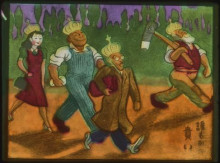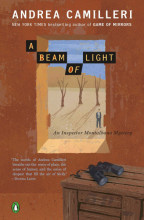Dorothy Feixuan Ma
Library Blogs
Showing 711 - 720 of 1968 items

Dorothy Ma's Final Reflection Blog Post for the 2019 Michigan Scholars Program, the Increasing Accessibility to Digital Image Collections in Japanese Studies project.

Ever wonder what rights you have to your work? Rising junior Liesa Bruin shares her experience working with the U-M Library Copyright Office (LCO) as a Michigan Library Scholar.
•
This summer we joined the Library Environments department for an internship focused on exploring the meaning of library as a place in different countries and cultures, in order to help the U-M Library make its spaces more welcoming and inclusive for our international students. The objective of this project was to learn how scholars in other countries engage with library spaces: the kinds of spaces available, and norms for their use. In this blog post we reflect on our experiences in the internship.
•
James Murtha discusses the trials of 3D printing for different materials and working with Design Lab Interns to complete a 3D printed prototype.

This past summer, I had the opportunity to work with the U-M Library Copyright Office (LCO) to develop a resource on international copyright law. As a rising senior who was still unsure of what I wanted to do after college, I am constantly looking for experiences to help guide me to a decision. This internship did just that. Interning with the Michigan Library Scholars Program not only helped me decide what I want to do once I graduate, but it aided my professional and academic growth.

In previous weeks, we’ve showcased manuscripts from the Kamada Collection related to Japanese performance arts and warrior history. Here we introduce texts related to traditional Japanese poetry, specifically the famous anthology Hyakunin isshu 百人一首, or One Hundred People, One Poem Each.

In this entry in Camilleri's mystery series set in Sicily, Inspector Montalbano investigates two cases. In one, the young wife of a much-older merchant is robbed and sexually assaulted while depositing money at a bank. In the other, an abandoned building on a farm is used to store weapons, and two Tunisian farm workers are the prime suspects. Meanwhile, Montalbano is undergoing a crisis in his personal life, as he is torn between two women: his long-time girlfriend and a beautiful art gallery owner.

When searching for manuscripts of Hrabanus Maurus' medieval encyclopedia De rerum naturis (On the Natures of Things) in the database Digital Scriptorium, I came across a leaf fragment held at Columbia University Libraries (Plimpton MS 128 ) which, in terms of its handwriting and style of illumination, was clearly connected to a leaf fragment held at the University of Michigan Library (Mich. Ms. f. 14).

In early April, we welcomed conservator and researcher Cheryl Porter to campus for a lecture and 3-day workshop. In this post, Marieka Kaye (U-M Library Head of Conservation & Book Repair) offers us an overview of the workshop which explored the colors used by artists working in the Islamic and European traditions of the medieval era.

In our last post on the Kamada Collection, we showcased nineteenth-century images related to warriors of the fourteenth century. This week, we will continue with an earlier manuscript of a more practical sort. The following illustrations come from the two-volume Heihō yūkan 兵法雄鑑, sometimes translated as The Paragon of Military Strategy.